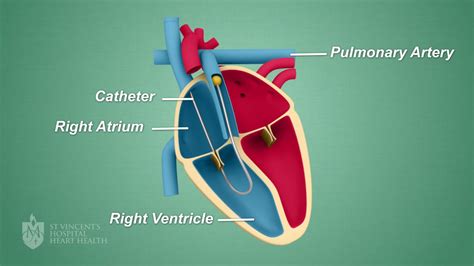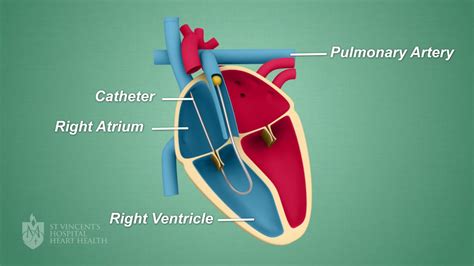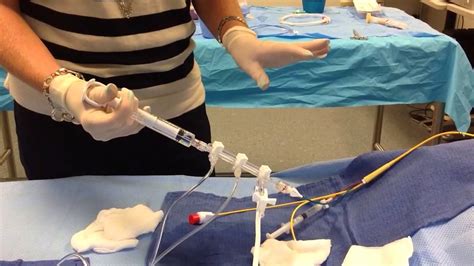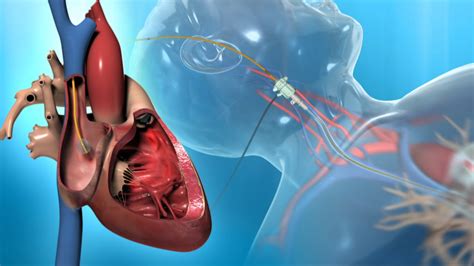Intro
Learn about Right Heart Catheterization, a diagnostic procedure using cardiac catheters to measure heart pressure and function, involving hemodynamic monitoring and angiography, helping diagnose conditions like pulmonary hypertension and heart failure.
The right heart catheterization procedure, also known as pulmonary artery catheterization, is a medical diagnostic tool used to assess the functioning of the right side of the heart and the pulmonary arteries. This procedure involves inserting a catheter, a thin flexible tube, into a major vein in the neck or arm, and guiding it to the right side of the heart. The catheter is equipped with sensors that measure various parameters, such as blood pressure, oxygen saturation, and cardiac output. The right heart catheterization procedure is essential in diagnosing and managing various cardiovascular conditions, including heart failure, pulmonary hypertension, and cardiac shunts.
The importance of the right heart catheterization procedure lies in its ability to provide detailed information about the right side of the heart and the pulmonary arteries. This information is crucial in understanding the underlying causes of cardiovascular diseases and in developing effective treatment plans. The procedure is also used to monitor the progress of patients with existing cardiovascular conditions and to adjust treatment strategies as needed. Furthermore, the right heart catheterization procedure is a valuable tool in the diagnosis of pulmonary embolism, a life-threatening condition that occurs when a blood clot blocks the pulmonary arteries.
The right heart catheterization procedure has undergone significant advancements in recent years, with the development of new technologies and techniques. The use of fluoroscopy, a type of medical imaging that uses X-rays to produce real-time images, has improved the accuracy and safety of the procedure. Additionally, the development of smaller and more flexible catheters has reduced the risk of complications and improved patient comfort. As a result, the right heart catheterization procedure has become a widely accepted and essential diagnostic tool in the field of cardiology.
Introduction to Right Heart Catheterization

Benefits of Right Heart Catheterization
The benefits of the right heart catheterization procedure are numerous. It provides detailed information about the right side of the heart and the pulmonary arteries, allowing for accurate diagnosis and treatment of cardiovascular conditions. The procedure is also minimally invasive, reducing the risk of complications and promoting faster recovery times. Additionally, the right heart catheterization procedure can be used to monitor the progress of patients with existing cardiovascular conditions, allowing for adjustments to treatment strategies as needed.How Right Heart Catheterization Works

Steps Involved in Right Heart Catheterization
The steps involved in the right heart catheterization procedure are as follows: * The patient is prepared for the procedure by having an intravenous line inserted and being given local anesthesia. * The catheter is inserted through a small incision in the skin, and a guidewire is used to advance the catheter to the right side of the heart. * The catheter is connected to a monitoring system that displays the measured parameters in real-time. * The healthcare provider interprets the results and makes informed decisions about diagnosis and treatment. * The catheter is removed, and the incision site is closed.Indications for Right Heart Catheterization

Risks and Complications of Right Heart Catheterization
The risks and complications of the right heart catheterization procedure are minimal. However, as with any medical procedure, there are potential risks and complications that can occur. These include: * Bleeding or hematoma at the incision site * Infection * Damage to the heart or pulmonary arteries * Abnormal heart rhythms * Allergic reactions to the contrast dyePreparation for Right Heart Catheterization

Aftercare for Right Heart Catheterization
The aftercare for the right heart catheterization procedure involves several steps. The patient is typically: * Monitored for several hours after the procedure to ensure that there are no complications * Given instructions on how to care for the incision site and prevent infection * Advised to avoid heavy lifting or strenuous activities for several days after the procedure * Scheduled for follow-up appointments to monitor progress and adjust treatment strategies as neededConclusion and Future Directions

Final Thoughts
In final thoughts, the right heart catheterization procedure is an essential diagnostic tool in the field of cardiology. It provides detailed information about the right side of the heart and the pulmonary arteries, allowing for accurate diagnosis and treatment of cardiovascular conditions. The procedure is minimally invasive, reducing the risk of complications and promoting faster recovery times. If you have any questions or concerns about the right heart catheterization procedure, be sure to speak with your healthcare provider.What is right heart catheterization?
+Right heart catheterization is a medical diagnostic tool used to assess the functioning of the right side of the heart and the pulmonary arteries.
What are the benefits of right heart catheterization?
+The benefits of right heart catheterization include providing detailed information about the right side of the heart and the pulmonary arteries, allowing for accurate diagnosis and treatment of cardiovascular conditions.
What are the risks and complications of right heart catheterization?
+The risks and complications of right heart catheterization include bleeding or hematoma at the incision site, infection, damage to the heart or pulmonary arteries, abnormal heart rhythms, and allergic reactions to the contrast dye.
We hope this article has provided you with a comprehensive understanding of the right heart catheterization procedure. If you have any further questions or concerns, please do not hesitate to reach out to your healthcare provider. Additionally, we encourage you to share this article with others who may be interested in learning more about this important medical diagnostic tool. By working together, we can promote better health and wellbeing for all.
